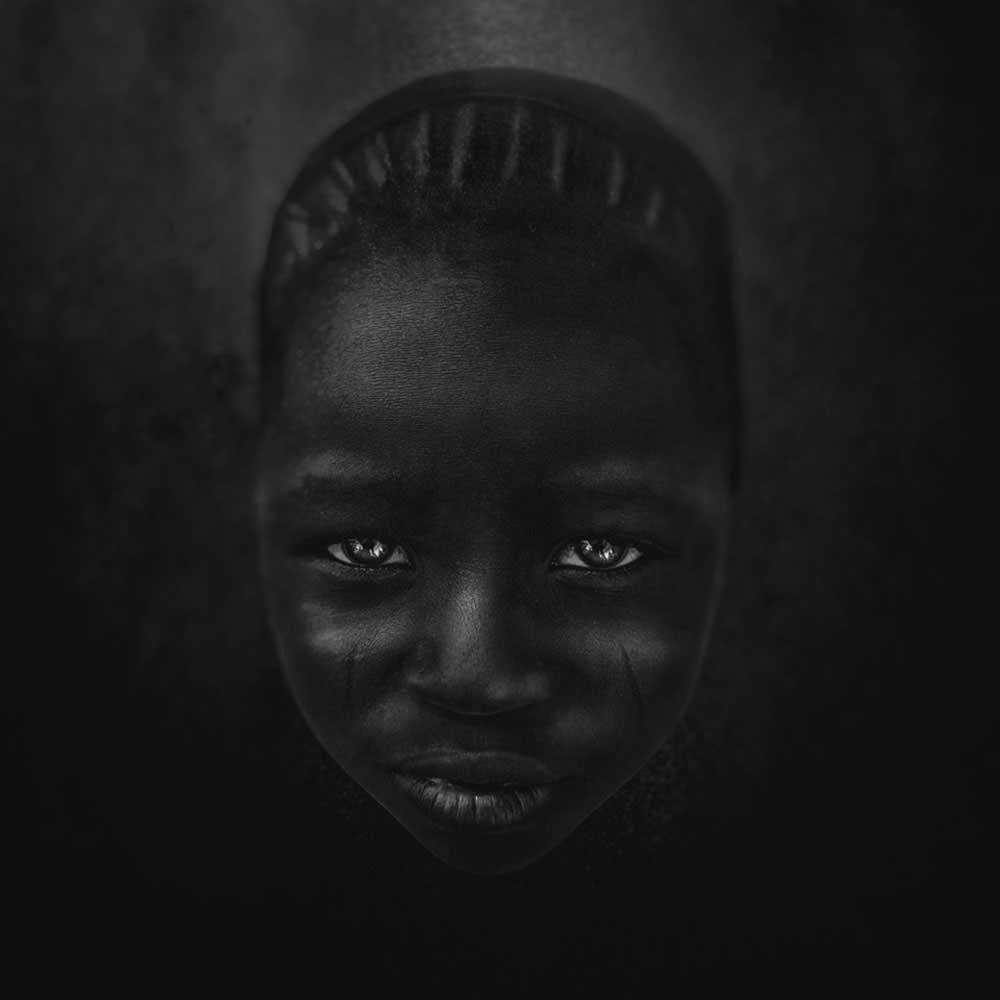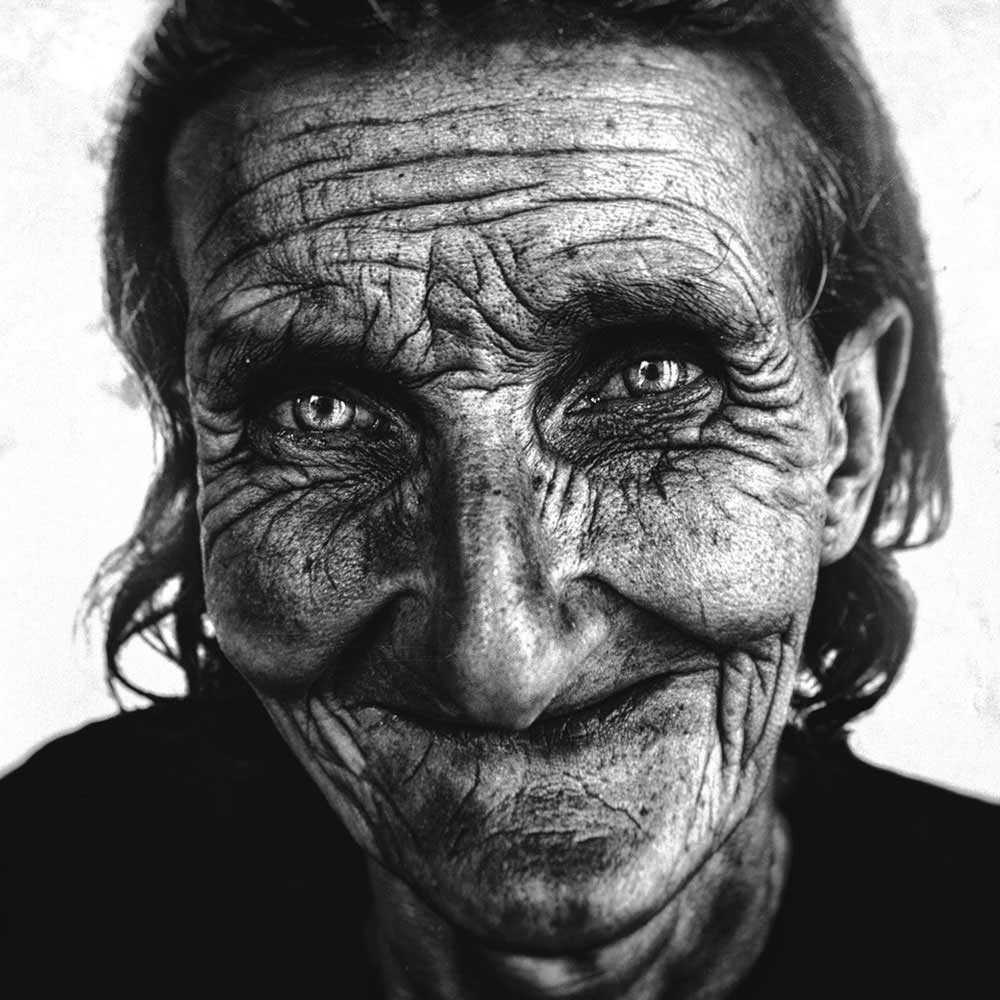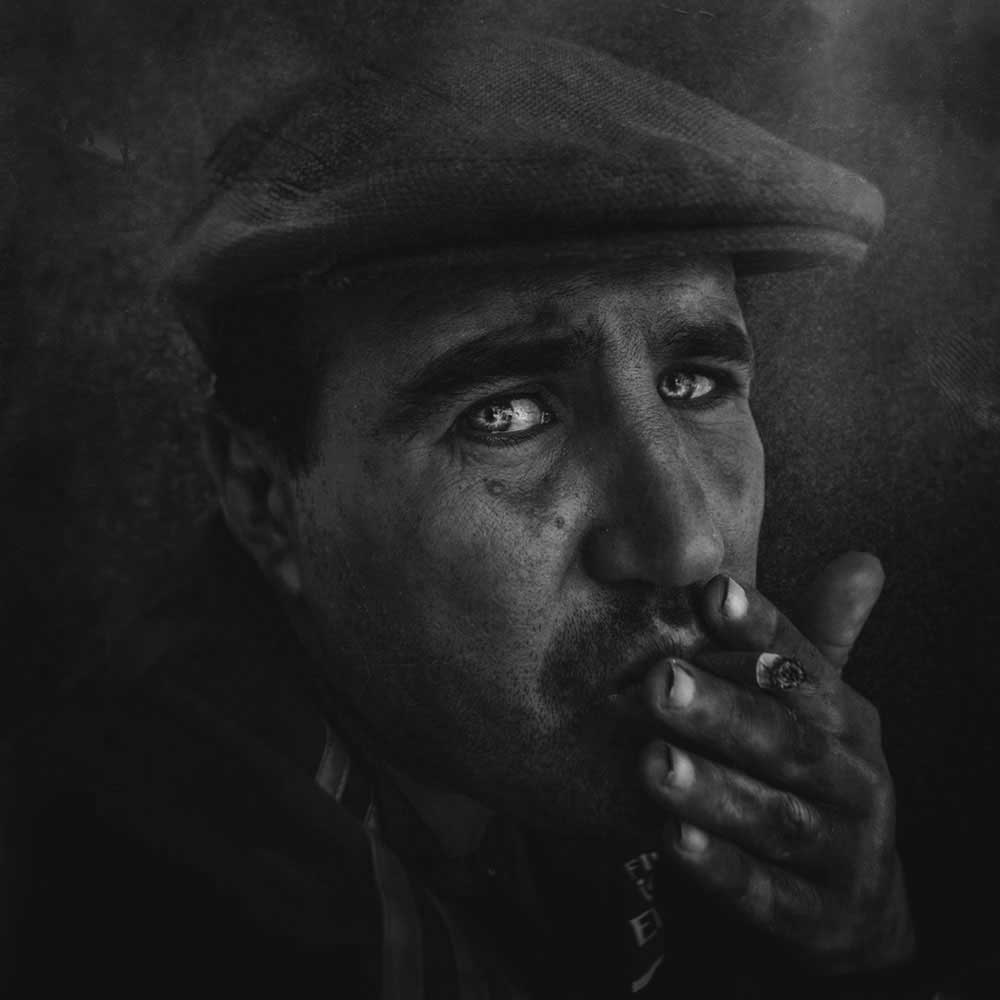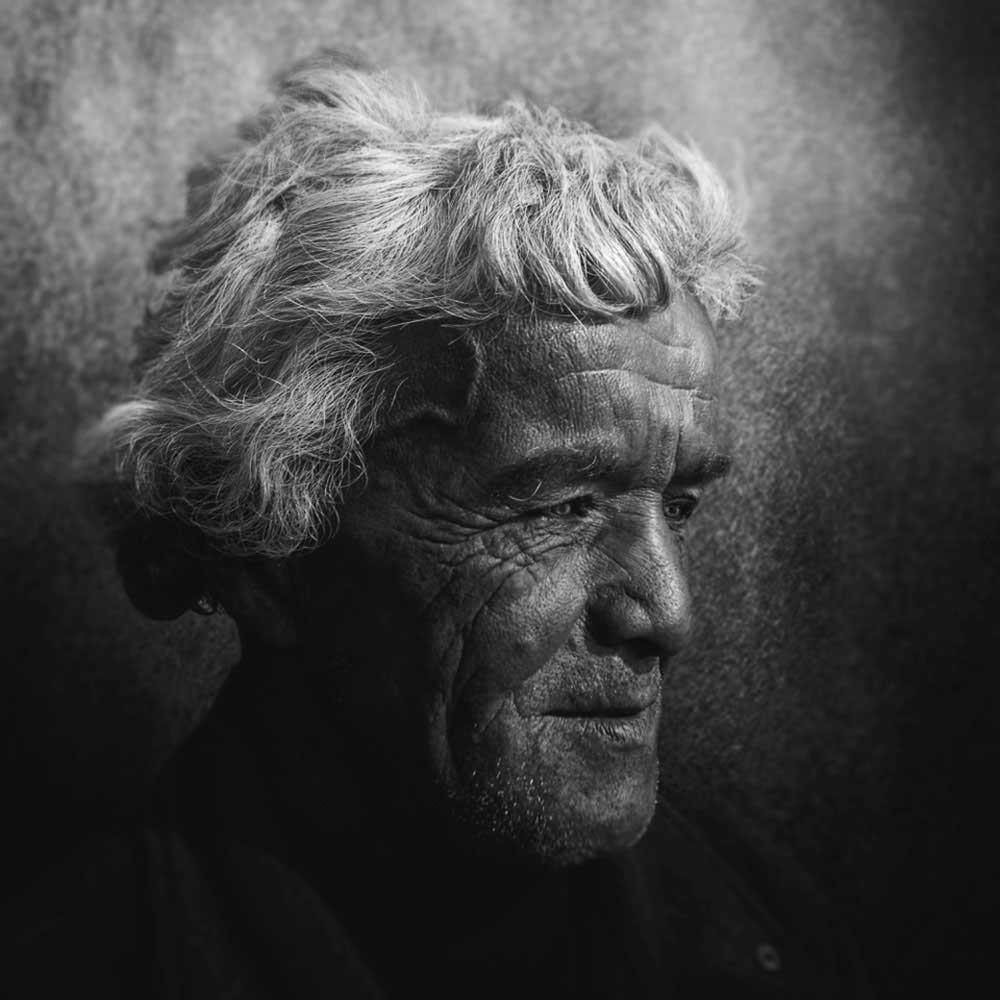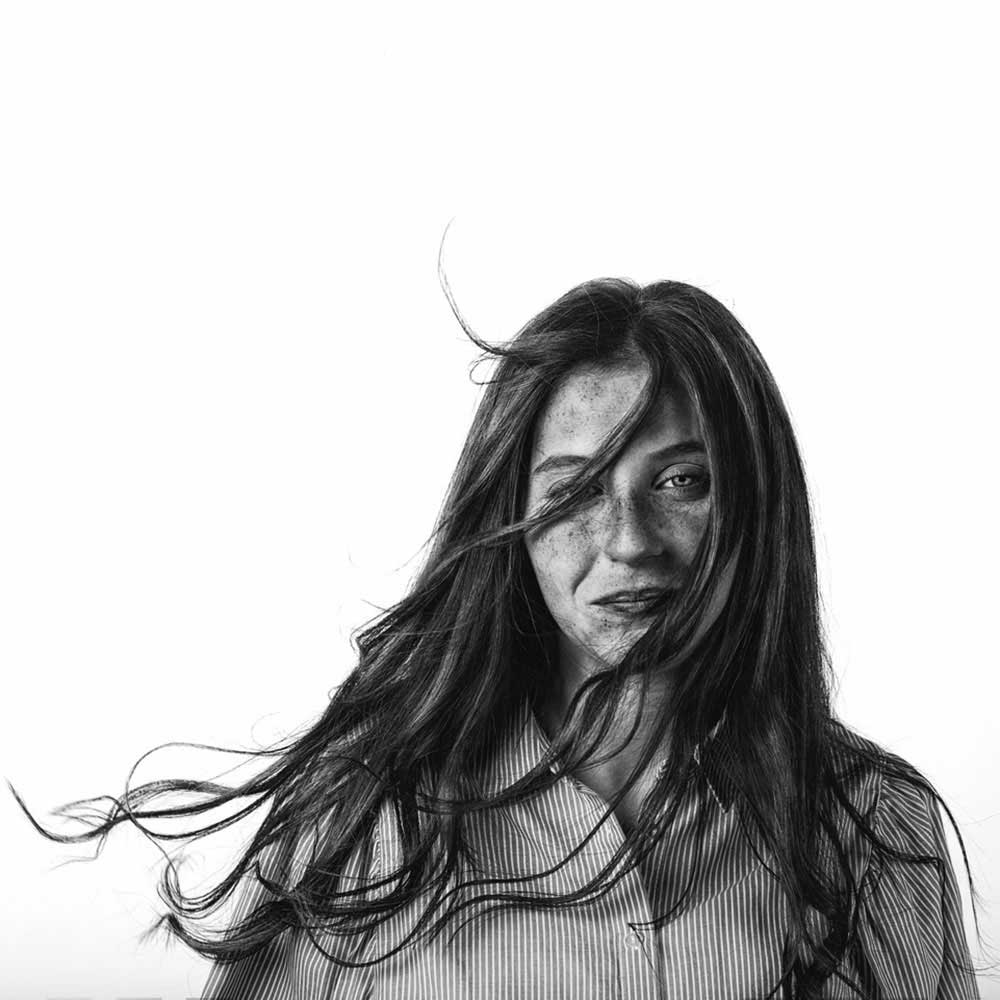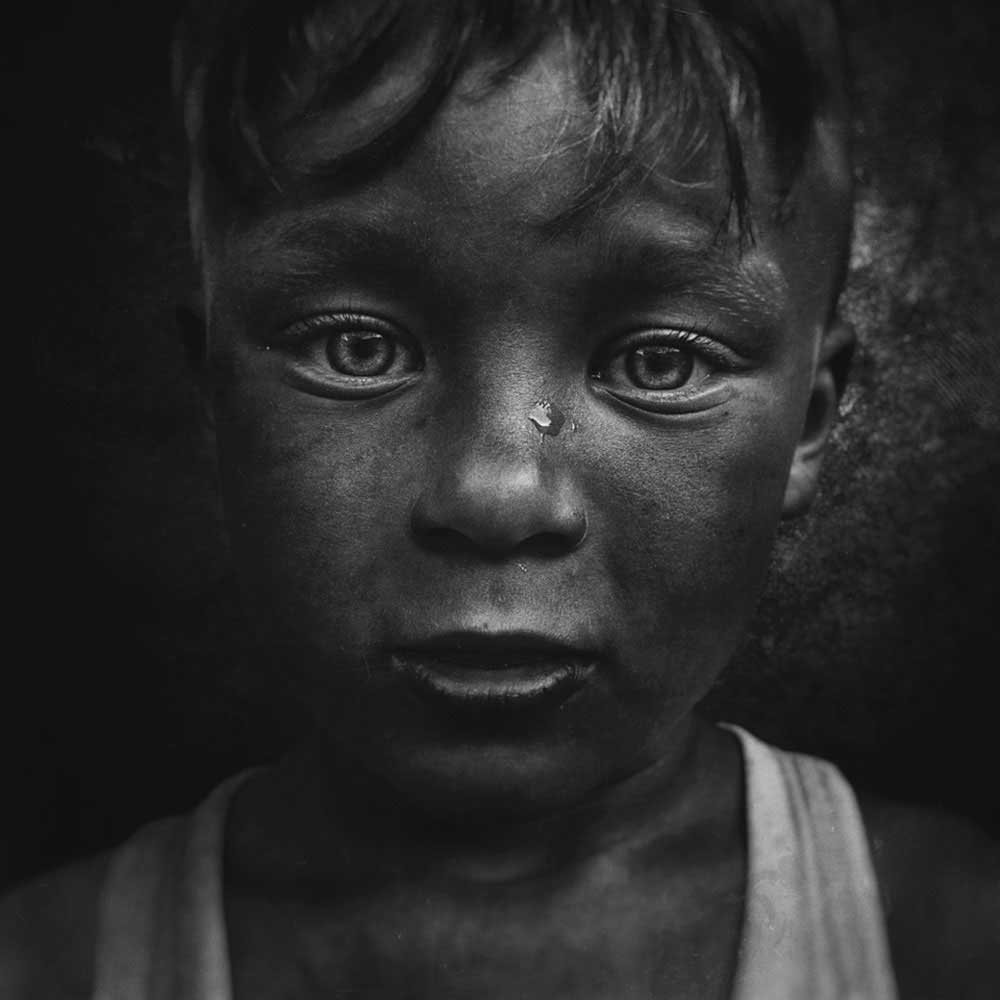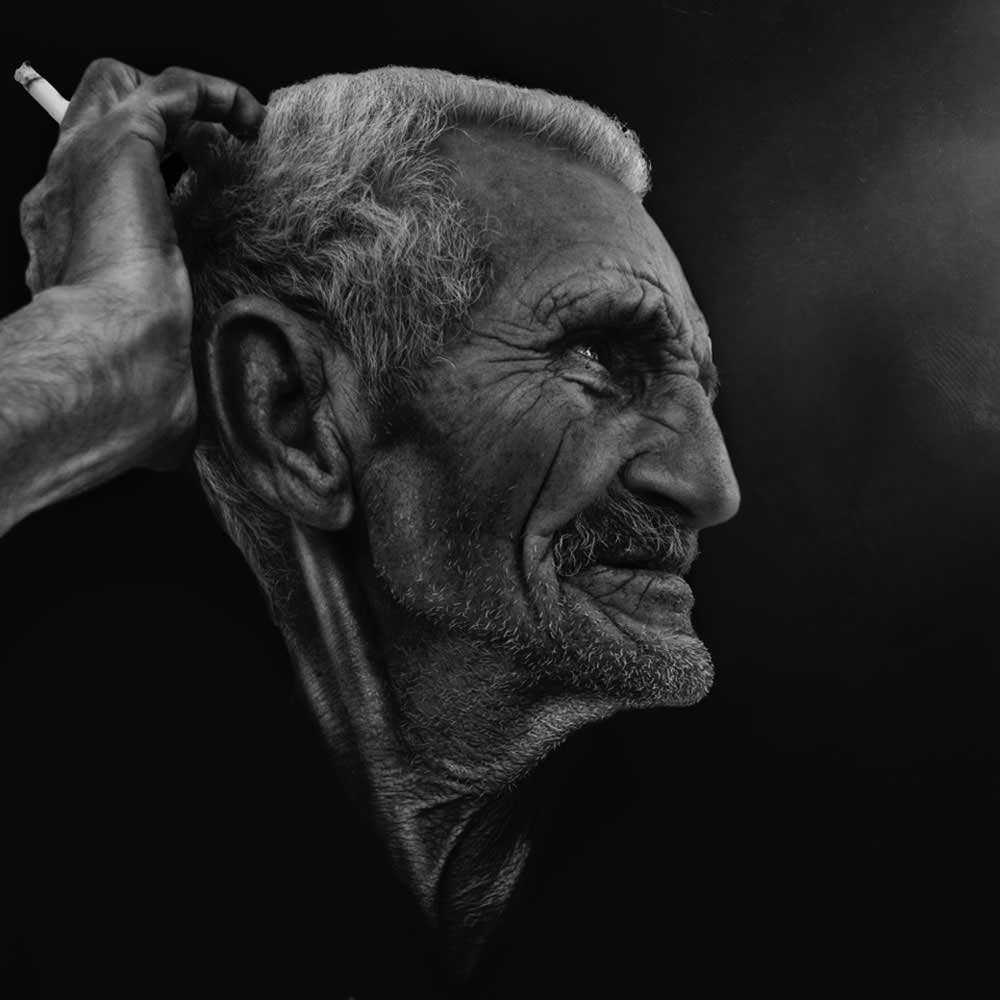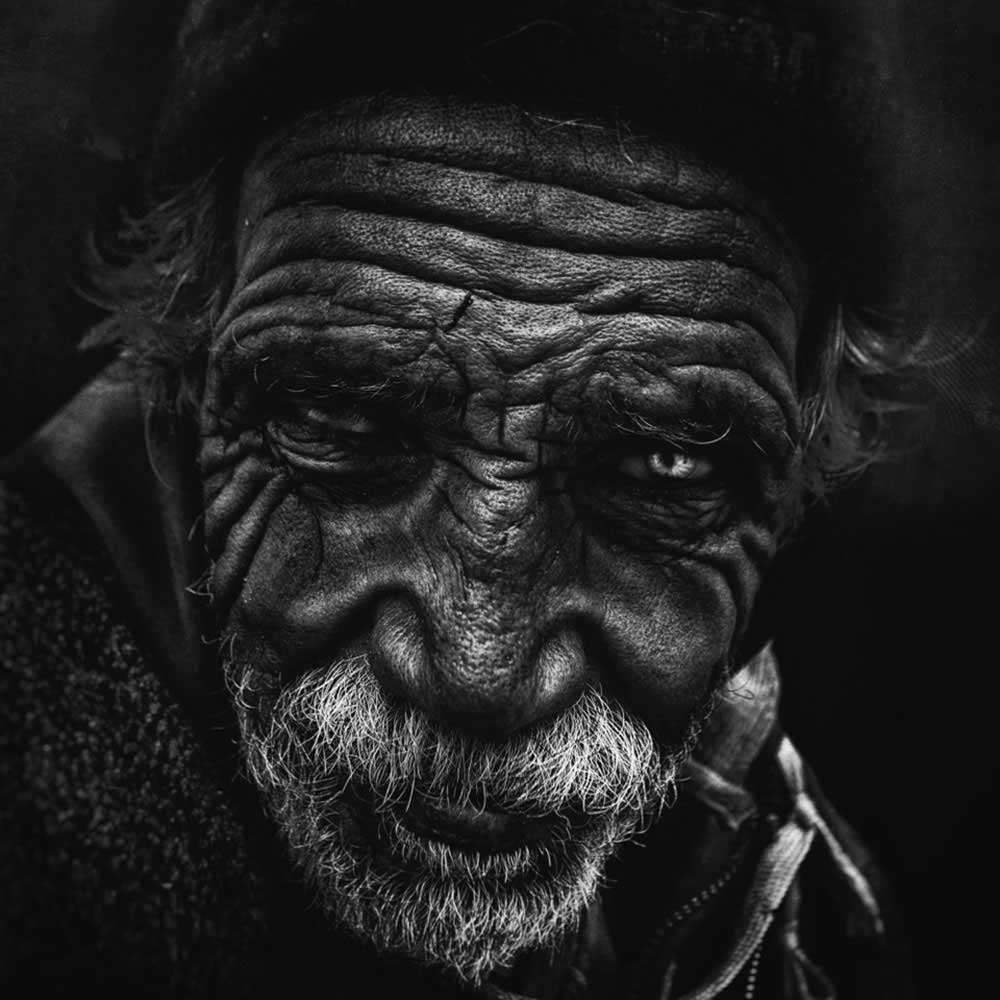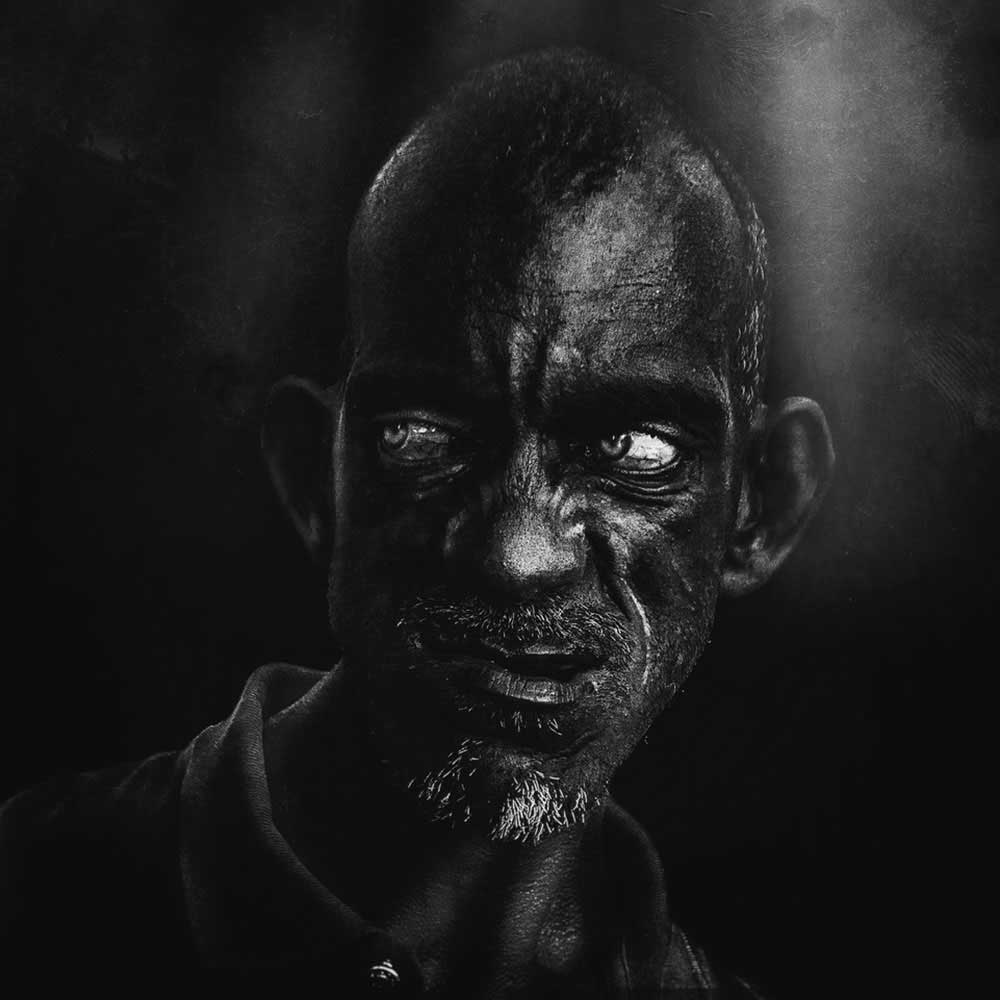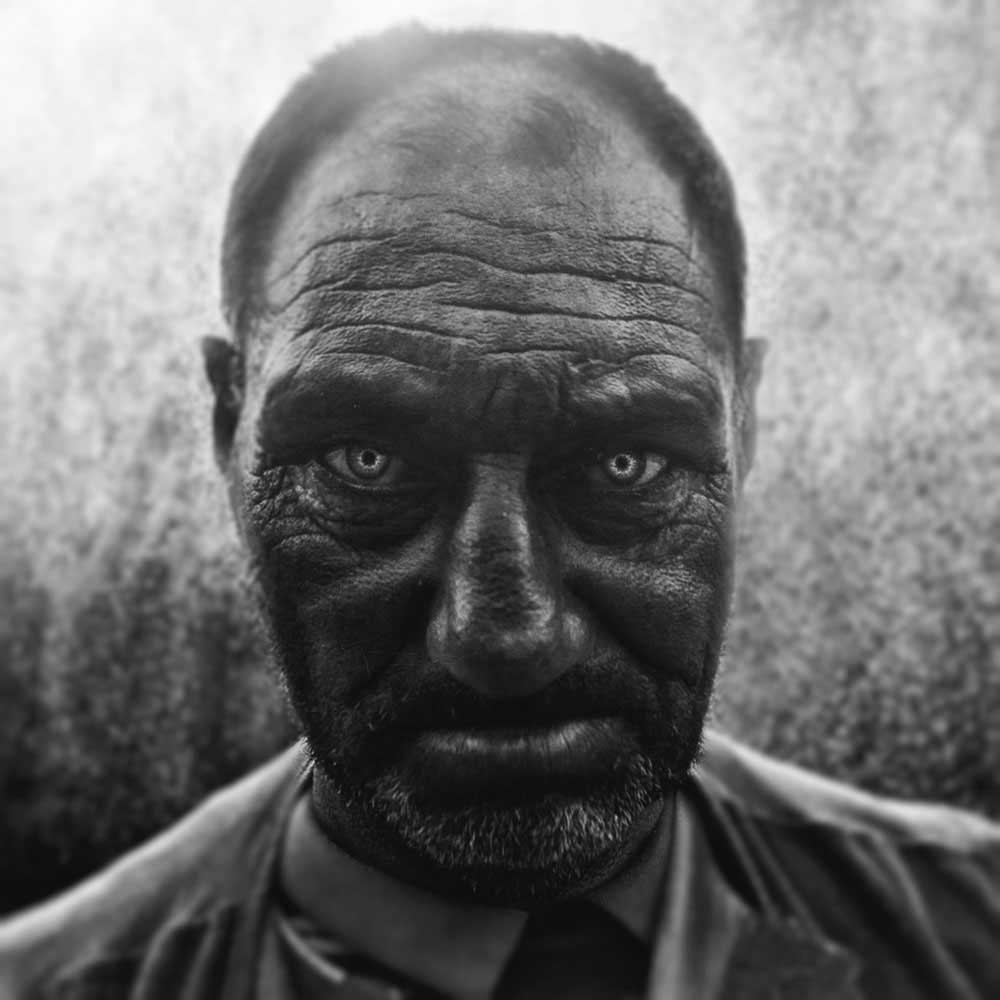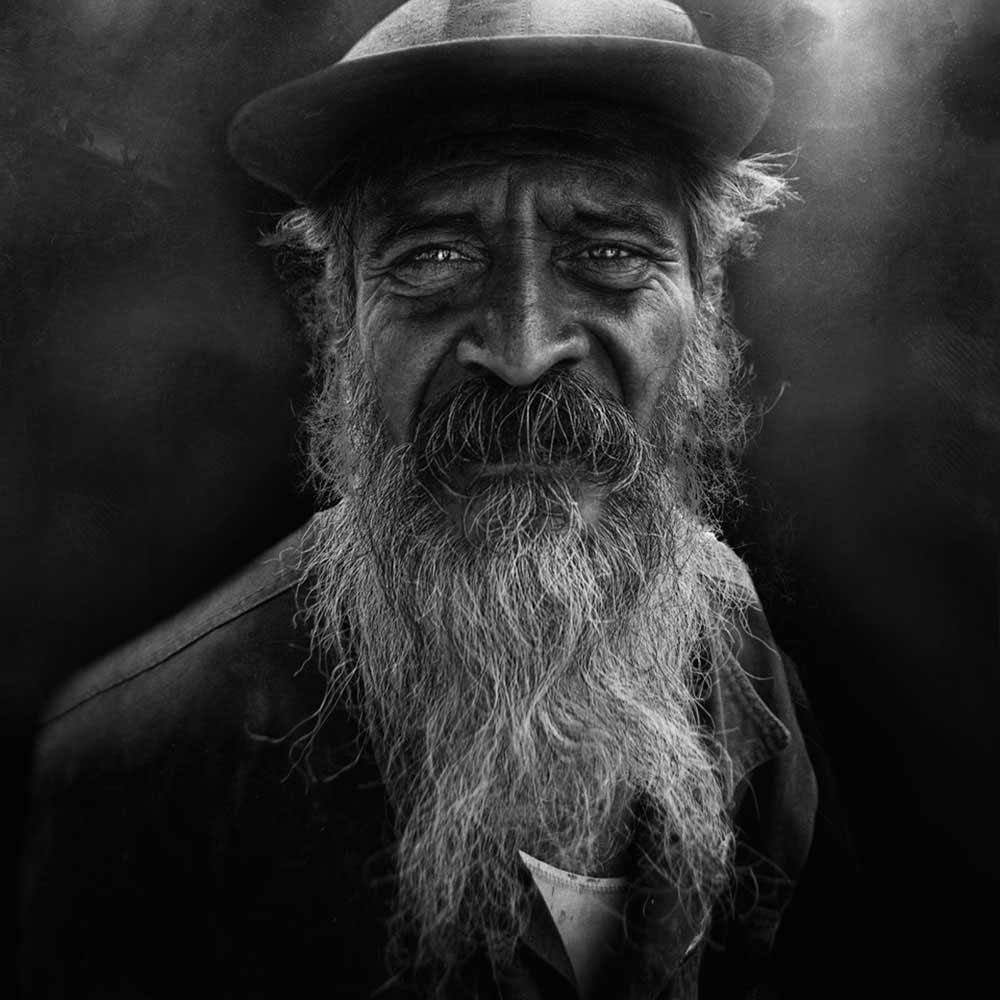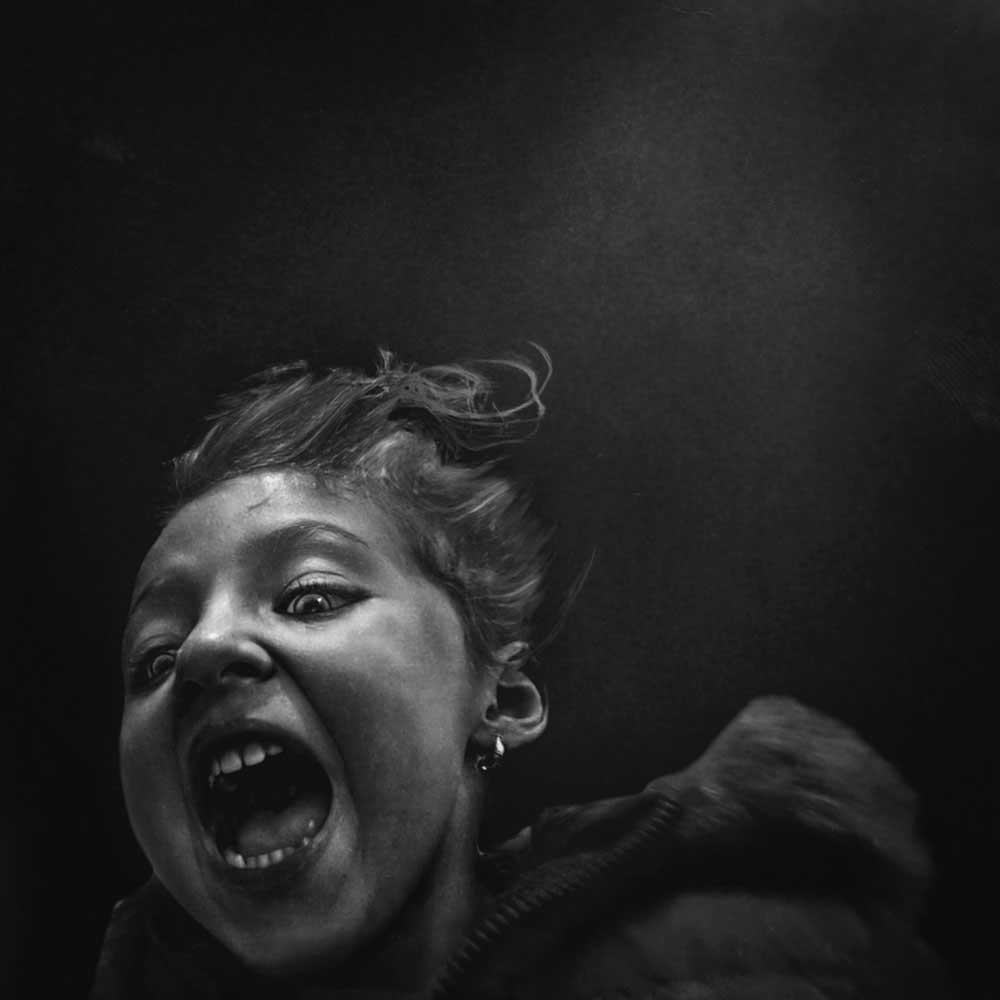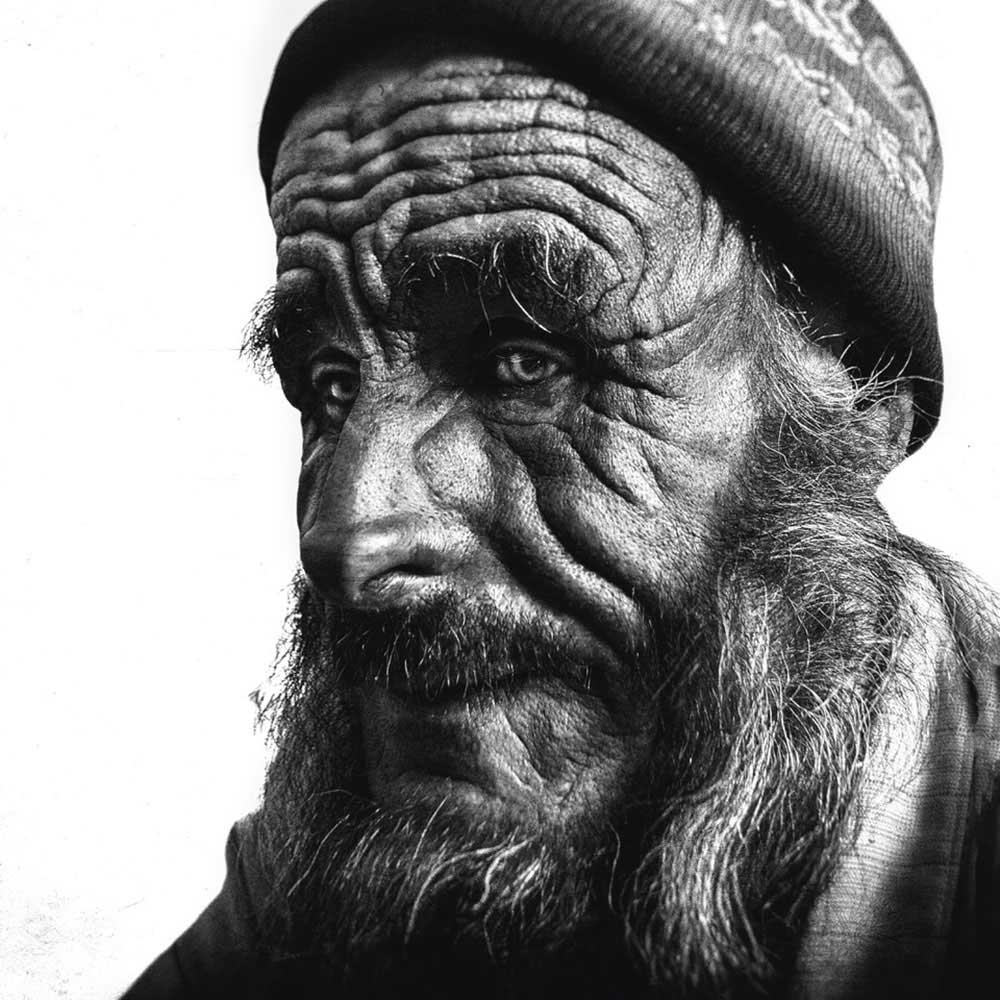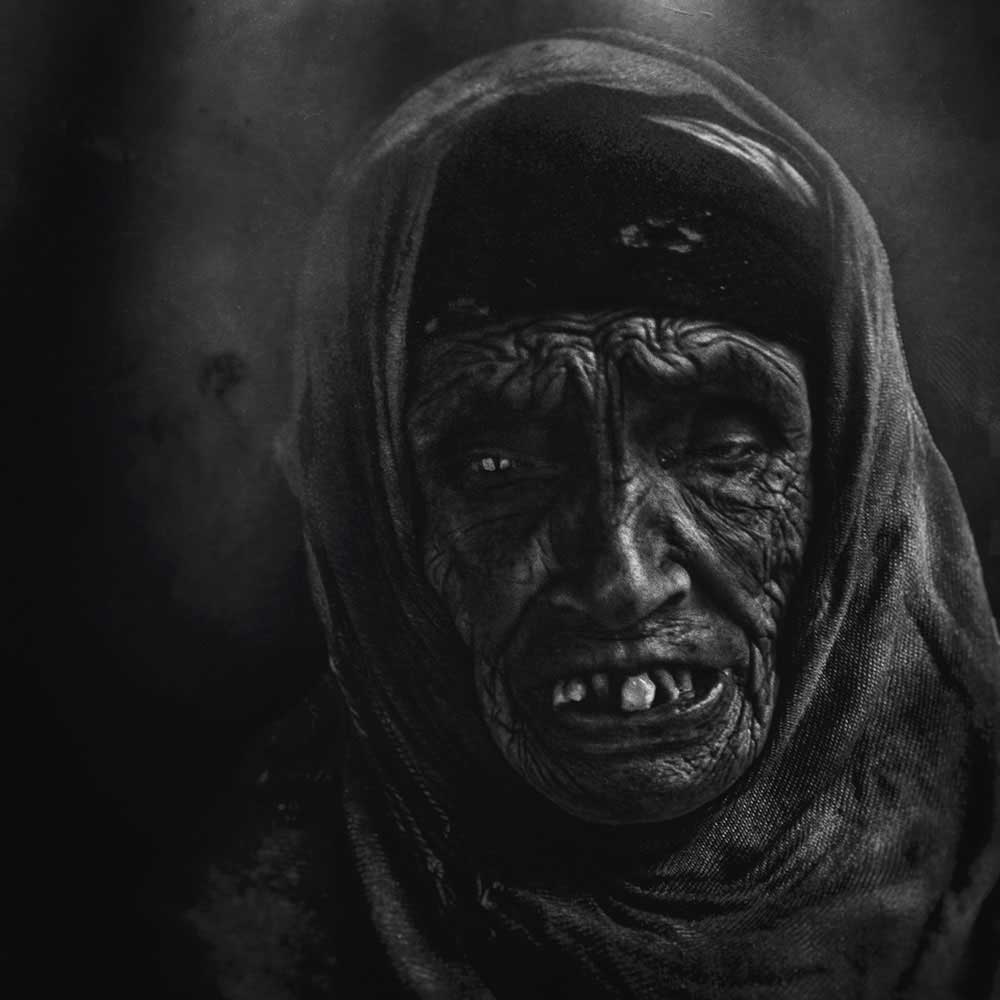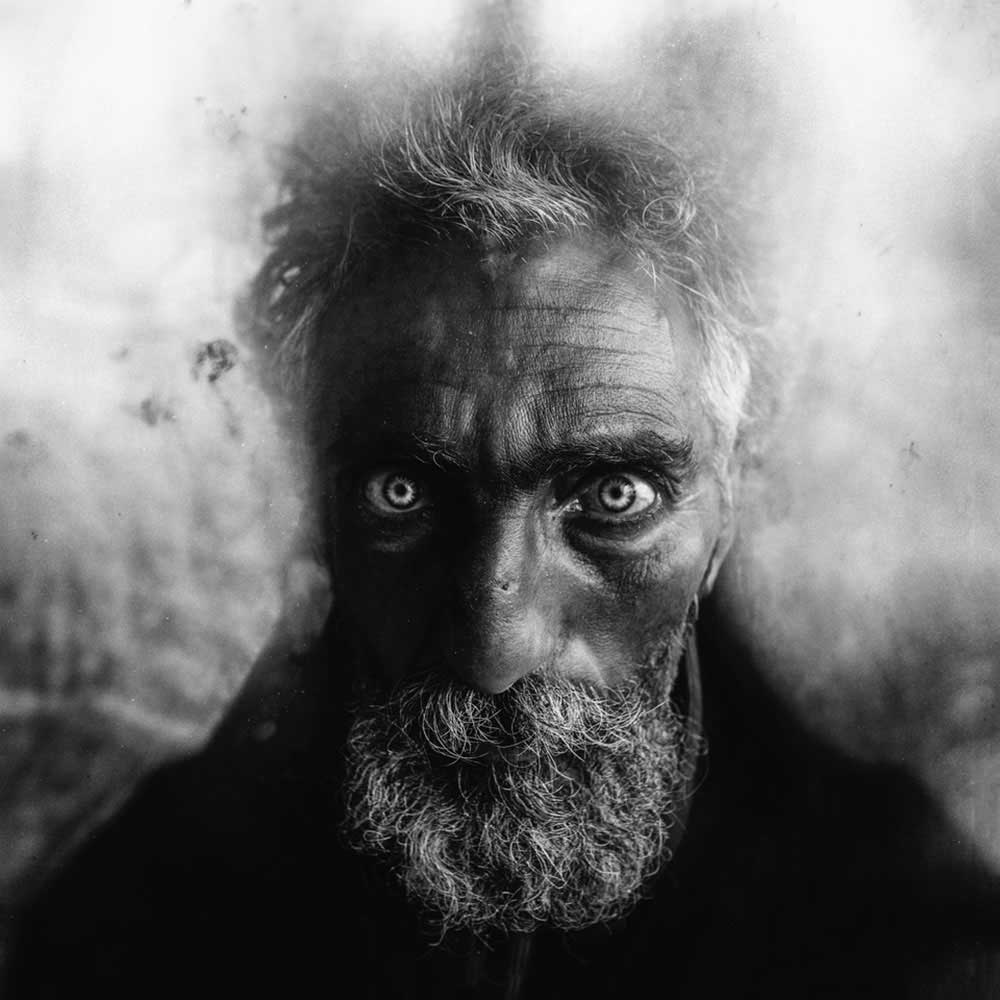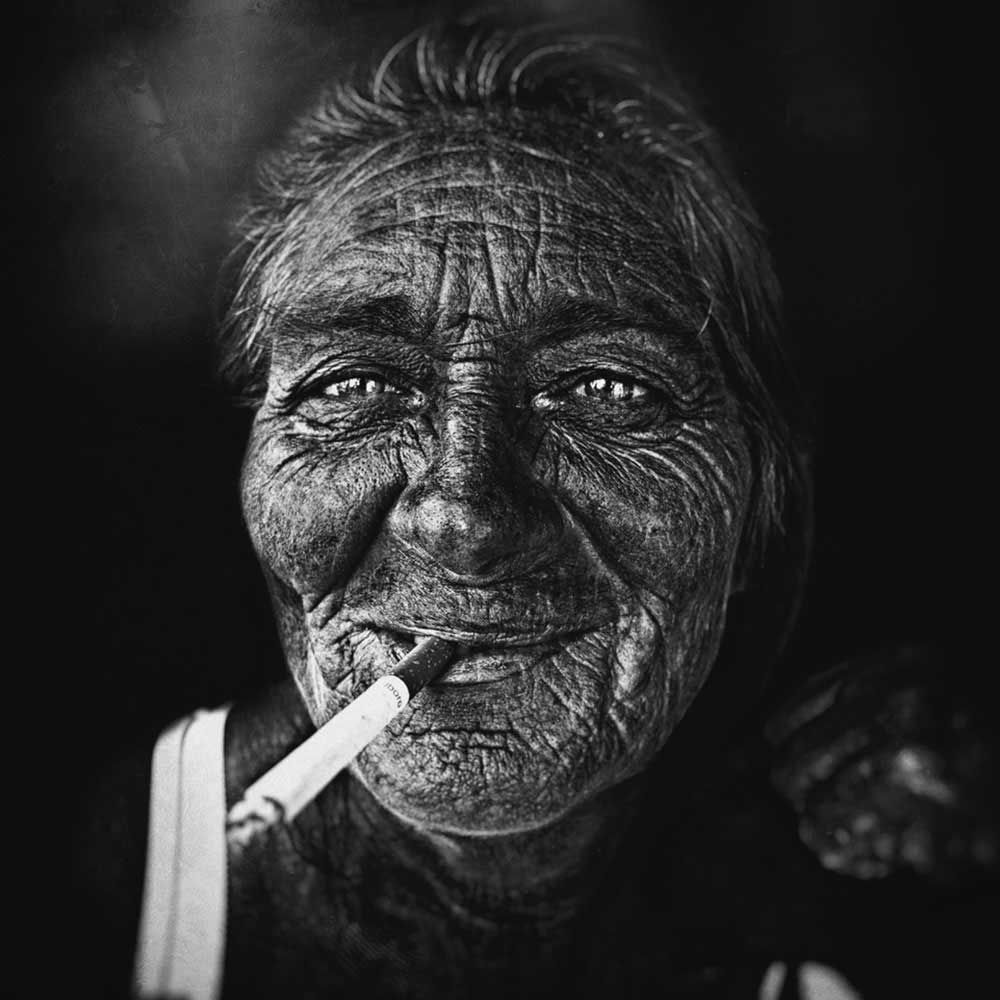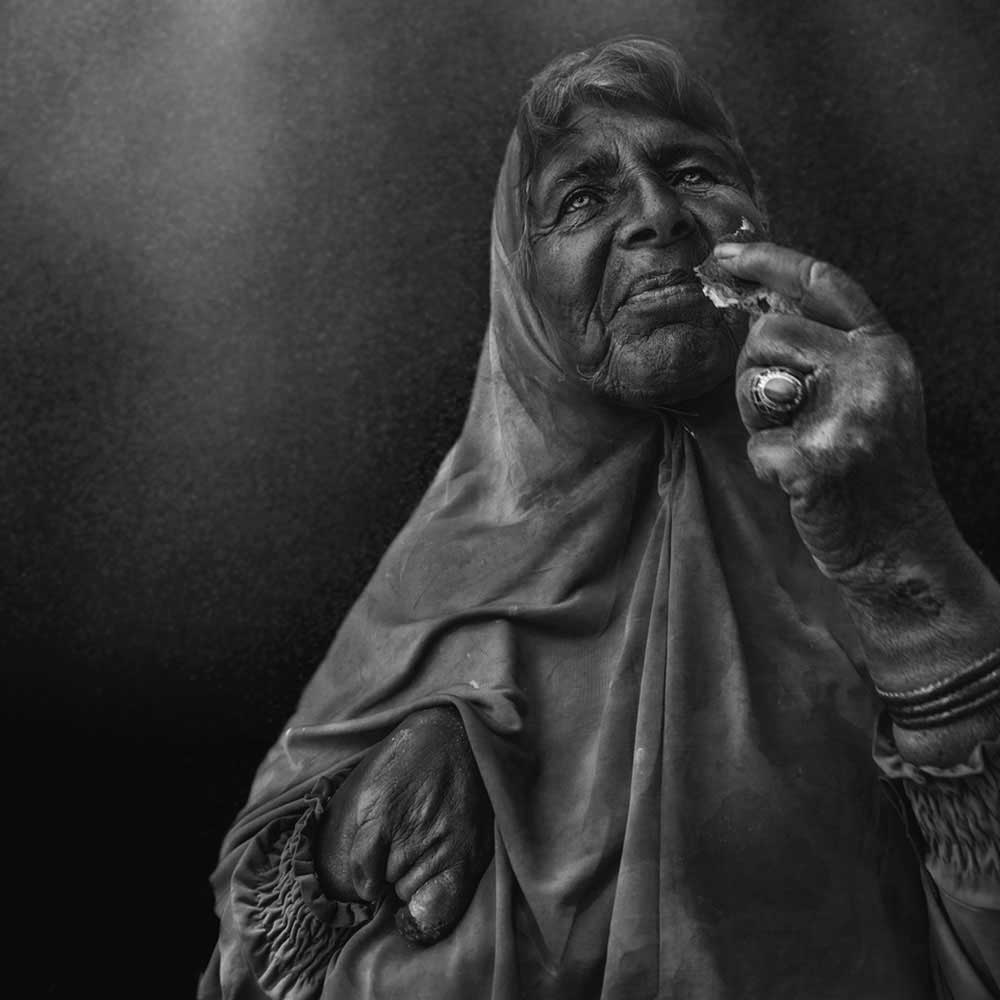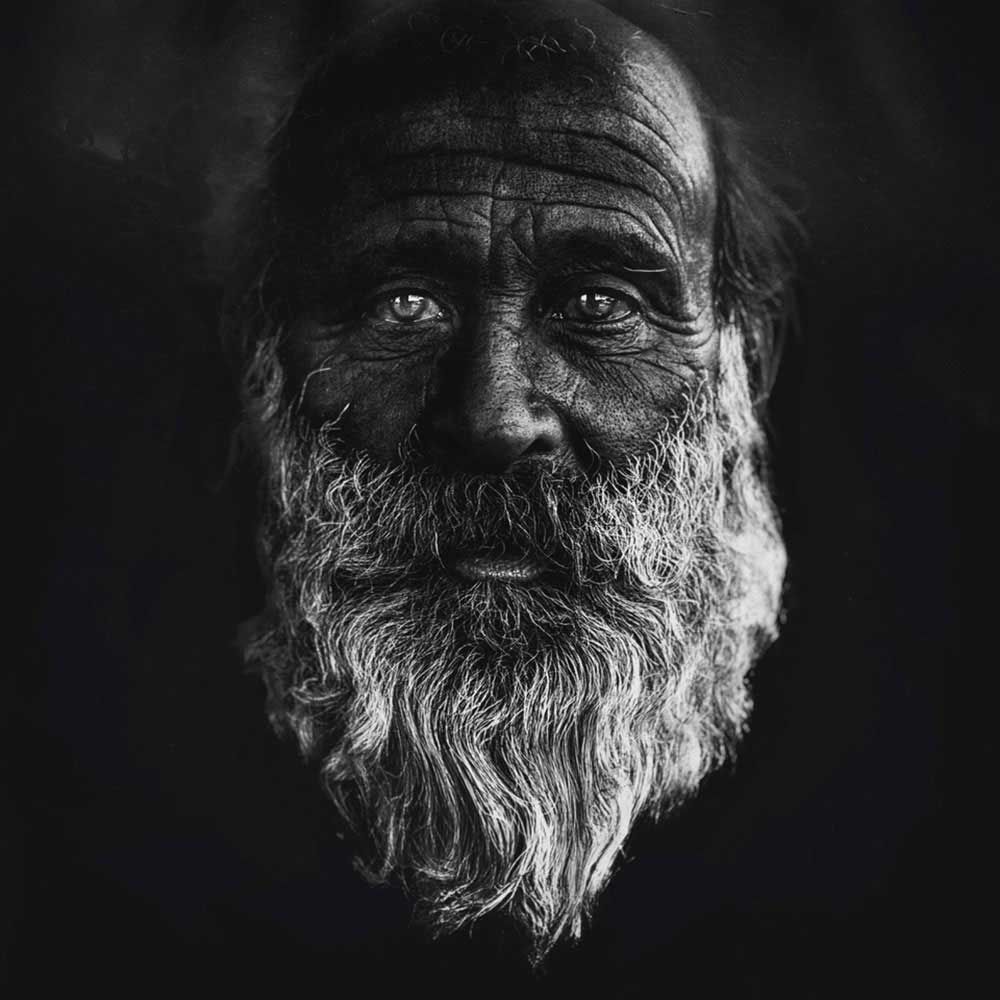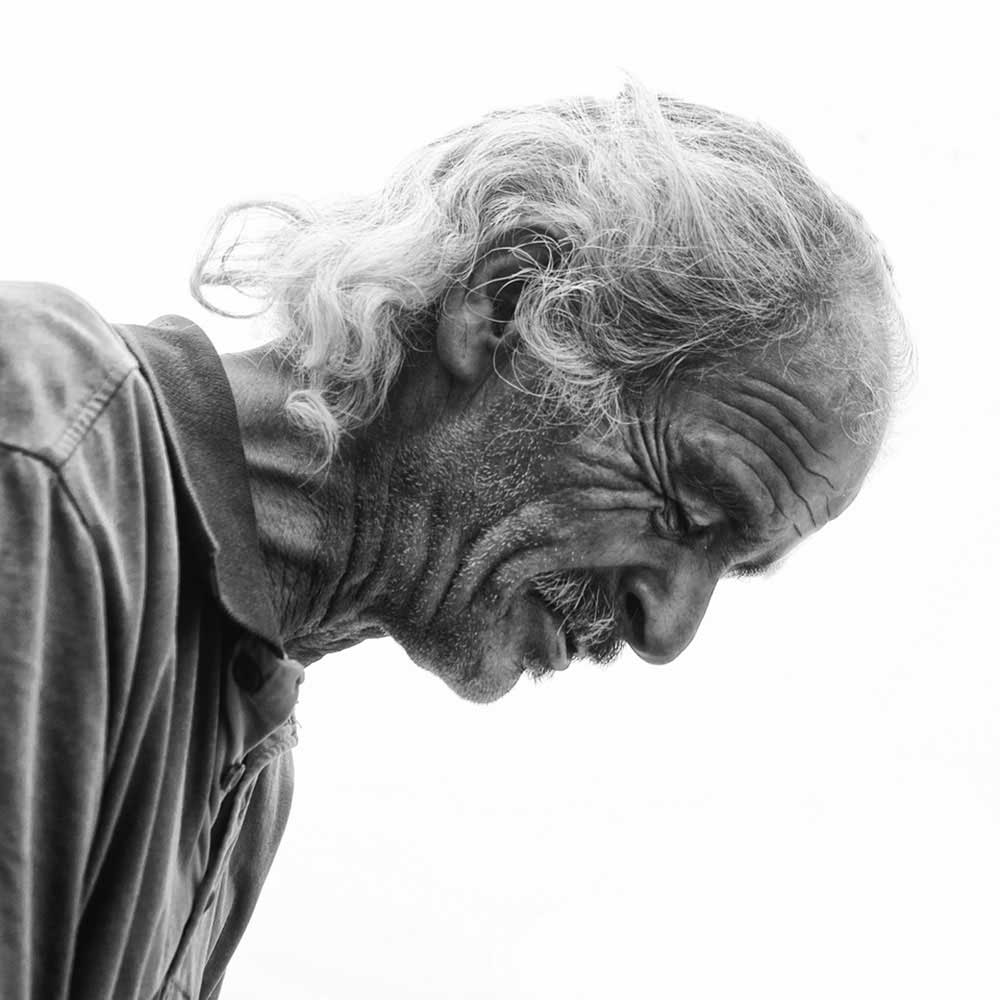My name is Imed Kolli, my work embodied an alternative view of street photography: instead of (three-colored) photographs I used black-and-white, with my style of composition and framing, offered a creative twist within the reality of city streets.
I used my camera as an unconventional way of seeing, framing and communicating events on poor neighborhoods by shooting through obscure angles, under covered. The printed work offered a realistic view of my subjects with a slight bend of stillness, poverty, pain, and truth.
I loved beauty they are, and this love resonates in my series of Miserables. I only directed reality involvement was to stand under-cover ; in doing so, I created images that offers a clear version of reality outside on the poor neighborhoods. my Directed/ assisted reality involvement acts as a filter to the harsh reality of the poverty line city life outside. The pop of my subjects conditions is juxtaposed against a fully monochromatic scenes.
My images below are views of people who live in the rock bottom’s society. My use of directed reality involvement offers a unique and experimental way of observing miserables people. Through my own direction, I choose at which point I will release my shutter, after deciding how to boost directed/assisted reality I want to include within the view. Therefore, I purposely interfere with the clarity and reality of the setting. This twist on reality offers a distinct and moody perspective; the “miserables” photographs suggest the forlorn viewpoint of a perpetual outsider. Though strictly viewed as directed/assisted reality involvement creatively engages the reality of the subject matter (in this case, the miserables ), yet I introduced the truth, which affects the reality of the view in a positive way. In my work, directed reality involvement plays an instrumental role in furthering the moodiness of each narrative within the images.
This work is being classified as a Street-Portrait Photography which could actually offer a new way of prescriptive of people’s portraits in black and white. I tried to reach the authenticity of people who had contracted the bitterness or resentfulness through their lives. The idea comes from street photography and how to shoot homeless, poor people in a beautiful manner from basic. It was all about dramatic situations and the spirituality of portraiture. To me, the most important characteristic was having a sharp eye and being aware of the environment around me. This means looking out for, not just colors, shapes, lights, shadows and so on, but observing my subjects and how they appear and act as well. I exposed the hardships and poor conditions of life of the deprived people through face expression. I did this in an attempt to assuage these problems. Vividly I wanted to expose the realities of squalid living and misery faced by homelessness everyday. Harrowing street-portraits photography combined with emotion storytelling, were intended to engage and inform the audience and exhort them to act.
What I accomplished by taking these photographs from the streets was to inform the world, How people are suffering everyday. I wanted to show the life of these people lived, I had experimented with illustrations that dramatized the devastating human cost of the emotional expressions. I realized finally that only photographs seemed to capture the reality with sufficient resolution to change hearts.
This experience had a profound effect on me, sharpening the focus on the subject matter of my street-portrait photography—Eternal Faces— and defining my approach to taking pictures and draw attention through some beautiful people’s portraits that summarize the diversity of the human race and to show how people are the same than how they are different.
What I do is photograph emotions, I’m photographing the initial moment when I laid eyes on the human being beautiful face shape that reflects the whole story of what it means to be broke, Injured, homeless, beggar and poor underprivileged and sometimes even hopeless.
I gave with the often willing and knowing collaboration of my subjects, a metonymic typology of people who lived in dark side of society, representing for us the poor, homelessness, the other half. I was after the general truth of a general category, and the finer truths of individuals necessarily caught my inspiration to pick up this precise subject matter to photograph. The centre of each picture was the subject matter: a person and his or her experience at that moment in time. To me and many other progressives, the rock bottom status added them from personal contact with the impoverished even when Christianity and the Social Gospel created a burden to extent charity to the disfranchised and discarded in society. I came imbuing them with the iconic soul of humanity, and left almost engaging a subject in eyes contact. All of my photographs with human subjects refer to not where the subject is located, but the person before the lens and how did I visualize their emotions and feelings in a humanitarian neutral way.
It’s often about dramatic situations or view points. Drama is created in pictures in lots of ways but using strong depth of field. To me, the most important characteristic was having a sharp eye and being aware of the environment around me. This means looking out for, not just colors, shapes, lights, shadows and so on, but observing my subjects ( miserables ) and how they appear and act as well. Knowing the environment did help in preparing for that moment. I devoted myself to shooting entirely in black and white. I decided to go with monochrome for the experiment because black and white photography has always resonated with me, personally, in a deeper, more emotional way than color. I processed, predominately through dodge and burn, to develop the mood of my subjects. It’s the pose and looks that attracted me most to take the photograph in the first place and this is always the starting point for the emotional element of the image I believe. The light I encounter more often than not is on grey days, it does nothing exciting. It simply falls vertically down from the sky. I did not move people so I work with what I have. I tried my best to isolate the subject. It’s always about them. I processed with light and shadow in an almost religious way.
Instead of photographing with only the intention of capturing interesting people, expressively I tired to take this idea further and locate interesting emotions and gestures in all different types of people. I didn’t believe that I could differentiate who is more worthy of a photograph based solely on someone’s facial features or clothing. I realized that most ‘uninteresting’ person aesthetically could give me the best emotional photographs with a single powerful expression and so many compelling moments lie within these expressions and gestures that counted basically on Expressiveness.
The portrayal against a dark background was the main process of my actual subject that allowed their faces to fill the whole picture, I worked so effectively that the only real focus had nothing really going on except their close-up portraits which where blends into the darkness. Counting on expressions grabbed out the emotions in a powerful cohesive way. My project that captured people whom didn’t grow up with the utmost privilege and which they all have been affected to depression, addiction, anger and resentment. The expressive photographs of my actual subject showed the diverse faces along some different reactions that was packed with incredible detail, emotion and personality.
Shot in black and white, and cropped fairly consistently to head and shoulders, the variable in the series becomes the people captured, showcasing their variety from their body of spirits that could be shown in their faces and eyes. The most distinguishing element of my body of work and my actual subject was the focus on the eyes. Knowing that a person’s gaze can transmit the emotions he wants to convey, I meticulously sharpened and illuminated the eyes and other distinctive facial features in post- processing. The result was a compellingly piercing stare that not only expresses deep emotions, but also seems to peer right into the viewer’s soul.
I use Nikon D3200, a good camera with its strengths and its faults. Equipment matters a lot. Surely a camera that allows you to use high ISO values helps in a genre where the use of a closed diaphragms and of fast shutter speeds are valuable. It is a genre where even the shape of the medium that is used is important, this to be less conspicuous. I believe that the fundamental thing is not the camera used but how well you known such camera. I must dominated it, know what its strengths are, what are the critical elements and use also these to build a good image. We should remember that the great authors that often inspire us used technologies much less performing than the ones we have today ( Jacob Riis ).
Taking pictures on the street I think it’s almost like entering people’s emotional sphere. I shoot with zoom focal (18-55 mm) Nikkor lens, which, several times, pushes me to get as close as possible to the subjects that I want to capture, and, precisely for this reason, I try to be as discreet as possible. I use DSLR camera from Nikon ( Nikon D3200 ) using mostly 18mm focal length that it is not always feasible, so I found my self resorting to “tricks” like shooting, for example, without bringing the camera to the eye (it is certainly not an easy technique and one needs a lot of knowledge of the medium between hands and plenty of training), or, when possible, I also try to talk to people.
I shoot in jpeg and I did not use camera presets. However, I passed on Photoshop CC 2018 to adjust the basic settings, contrast, tonal values, clarity and basically converted my RAW files into black and white photographs. I tried to have an analogical approach even if I shoot only digitally.
The singular emphasis in others on subjects, divested of a story, is all the more remarkable for this reason. In this project, I emphasized the reflective mode over the nature of my body of work envisaging, .The images chosen for The —Eternal Faces— did privilege the inventorial, world of observation and artistic classification as it reflects reality, with the objects taken out of context. There is no doubt that my body of work has profoundly shifted the way that we perceive these people in reality, the sensual appeal of reflection outcome intents in the real world has proved irresistible to photographers including my project—Eternal Faces—. Beginning with the intent to reflect these people’s realities and finding expression in practitioners of widely differing outlooks and goals. Photographing these kind of subjects acquire an aura by being taken from their casual, often overlooked, position and put under intense scrutiny. The outcome intent tool which should look upon my project dispassionately is capable of creating images, filtered through the imagination, which compellingly engage the viewer’s imagination and emotions. It wasn’t empathy, It wasn’t sympathy, it was more of a forced, intrinsic, and integral self-reflection.
My body of work is dedicated to all the happy people, all the happy people who have real nice lives, and have no idea what it’s like to be broke and poor. People who ignore these type of people negatively. People who have the intention to make the world a better place and to make change. People that reads the NYtimes newspaper everyday in their fancy offices and even Young photographers who look for inspiration from whatever black and white photography into portraiture. The idea is to invite the viewer into the space of the image, turn him or her into a participant of a three dimensional tableau in which the space represented in the images and the real space merge. Within this tableau each image of the series offers the viewer a recording of a different perspective onto the same thing in the same instant. By this means the images make the viewer hold not only one viewpoint, but multiple viewpoints: as many as there are images in a series. The merging of multiple viewpoints in my ideal viewer’s eyes I believe it creates an effect of alienation and provokes the viewer to retrieve his or her position in space as well as to become aware of his or her role as the viewer and that’s what I attend to do and reach in exhibitions.
Here, the viewer is granted access to the connection in between to view the relationship a conscious but emotions that has with a dark and oppressive subconscious. It is not my intention to tell people what to see, but for the viewer to place themselves within those black and white scenes and extract meaning from the art and experience as it relates to them.
My subjects was easy to find but difficult to photograph, they’re based in some sort of locked poor neighborhoods which could be quite dangerous and risky to get involve into them. I didn’t want to exploit these people or steal photographs of them like so many other photographers who had seen the homeless as an easy target. In an effort to make intimate portraits, I tried to connect with each person on an individual basis first and have this kind of human attachment before pulling the release button. My lack of experience as a photographer sometimes worked to my advantage. My blurred, half-lit images both fascinated and frightened my audiences. I often de-emphasized the individual in favor of the total setting. Accordingly, I photographed many of my subjects at a distance to show them in their deep mind surroundings lives. These photographs contrasted sharply with images of children that was quite difficult to convince their homeless parents that their son is beautiful and he definitely need a photograph.
I almost never give back stories for the images I shoot. Underpinning the philosophy of my photography is the portrayal emotion….I’m not a documenter of “circumstance” in the traditional sense. It’s true; my images possess a social dimension and have their roots in traditional reportage but that’s where it ends and a new process begins. My images are intended to resonate with the viewer on a spiritual and human level and I try to pack in the metaphysical…attributes which tell their own story. I try to provoke an imaginative and intelligent response from the viewer with a purely visual reference.
I wander the streets looking into strangers and when I see what I feel I have found a person I want to make a connection with. Loneliness, laid bare, is a very powerful stimulus. It’s never been about shooting a photograph though. The relationships I establish are self-fulfilling in many respects. My pain is somehow desensitized by understanding theirs. The recognition in a strangers eyes is instantaneous and I truly believe I’m accepted the way I am because they see the same emotion in me. I’m very much an empath. I say to people, that in a strange way, I fall in love with everyone I make a connection with. I’m very much project based, so I have to go to an area and immerse myself into the community. It’s emotionally challenging at the time but its in post production when I’m alone again, this is when I feel that they sensitize my own pain. I’m photographing the initial moment when I lay eyes on that person, all the way is taking me the building of a relationship with the individual to get back to that starting point. The deep person of connections I make, with the people I’m meeting, have always lasting impression on me. The images I produce are the final piece of the journey. I channel everything into them. My faith, my love, and my humanity. [Official Website]



